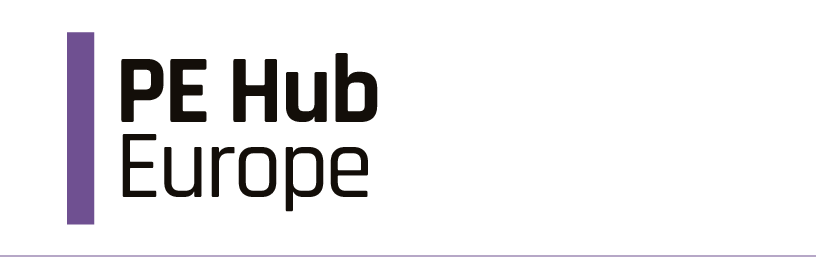To view this content, you need to sign in.
You should only be asked to sign in once. Not the case? Click here
Register now to access this content and more for free.
The MDR could also make it easier for European producers to expand outside the continent.
You should only be asked to sign in once. Not the case? Click here
Register now to access this content and more for free.


Copyright PEI Media
Not for publication, email or dissemination